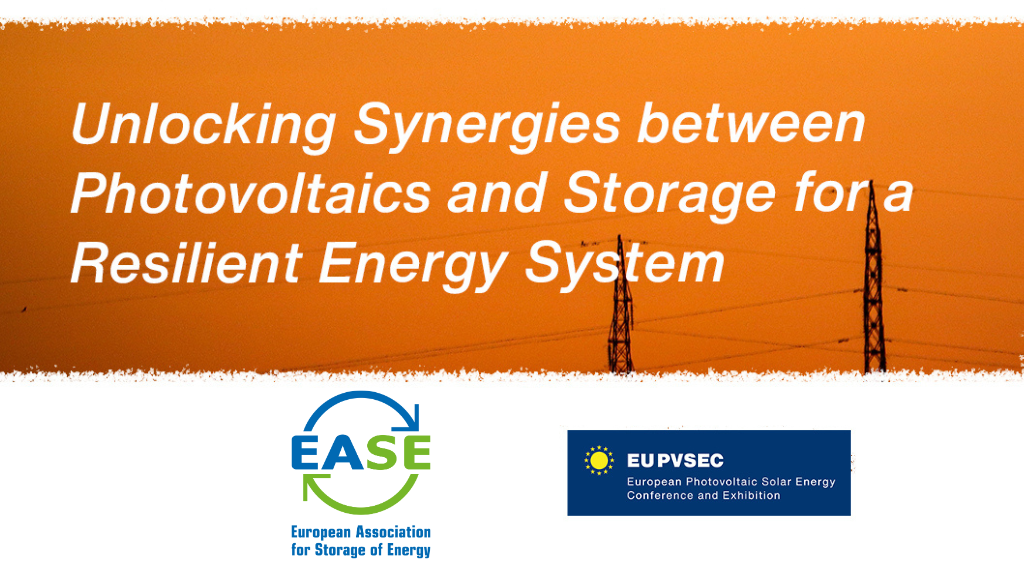27.02.2019 /
Long-Term Strategy for 2050 - A Clean Planet for All
In November 2018, the European Commission presented its strategic long-term vision for a prosperous, modern, competitive and climate-neutral economy by 2050, which seeks to establish a vision on how the European Union can deliver on the Paris Agreement.
The strategy assesses different pathways for the European Union to achieve greenhouse gas emissions reductions between -80% by 2050 (compared to 1990) up to net zero greenhouse emissions by 2050. All scenarios developed by the European Commission converge on one element: storage capacity will significantly increase to enable integration of higher shares of variable renewable energy sources in a faster, more efficient way.
Total stationary storage explicitly used in the power system (i.e. pumped hydro storage, stationary batteries and chemical storage, including the indirect storage effects of producing e-fuels for the final consumers) is expected to reach between 250 TWh and 450 TWh by 2050.
This is a significant increase from today’s storage capacity, especially as these estimates do not take into account behind-the-meter storage, thermal storage, or storage through smart charging and vehicle-to-grid applications of electric vehicles. Through effective and innovative RD&D, such capacity will increase even further in this 30-year span.
In 2019, EASE will build upon the main conclusions of the 2050 Long-Term Strategy and further explore the contribution of storage to this strategy. EASE will be ready to follow up on the technology developments and advocate for adequate policy in order to make sure that energy storage delivers its full potential in the Strategy.





